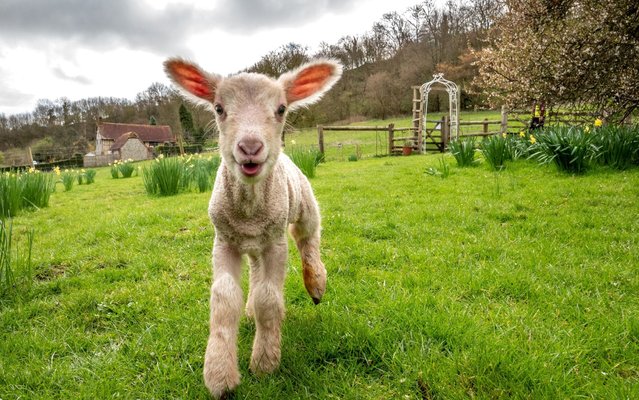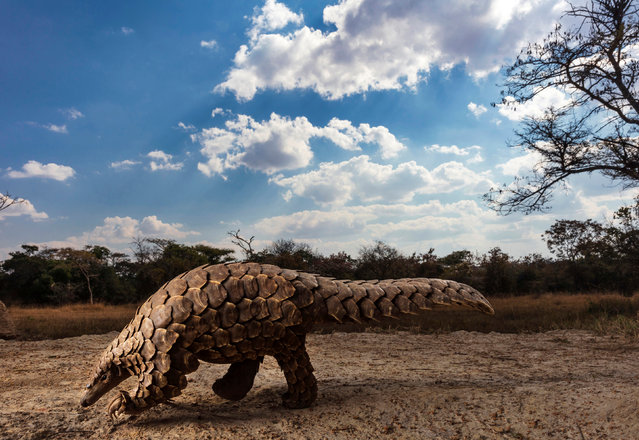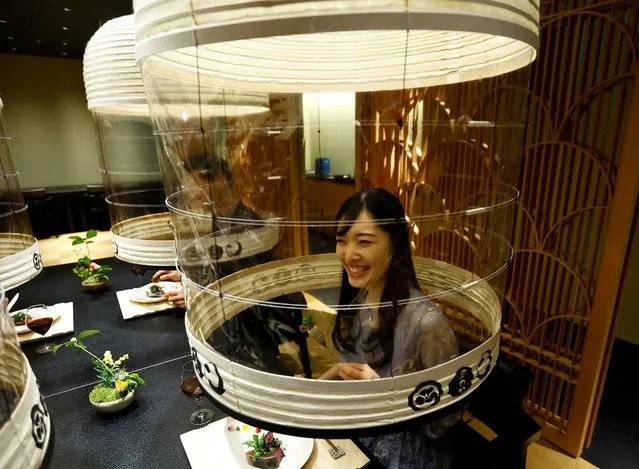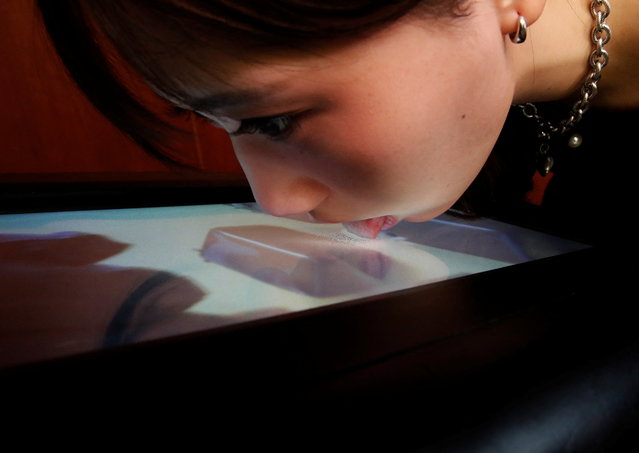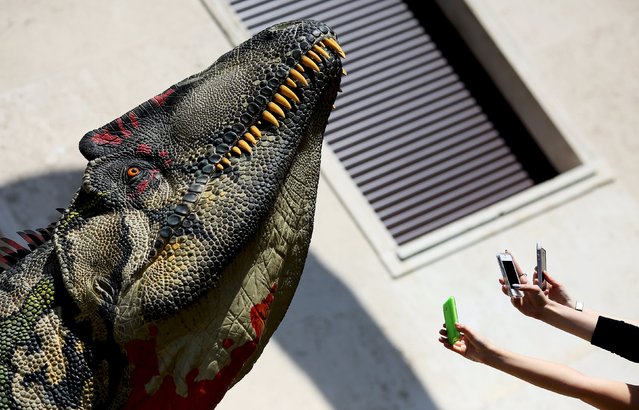
People take pictures with their mobile phone of a scale model of a dinosaur displayed in front of La Sapienza University headquarters in Rome April 10, 2015. The realistic reproductions of dinosaurs are part of the “Dinosaurs in the flesh, science and art bring to life the rulers of a lost world” exhibition. (Photo by Alessandro Bianchi/Reuters)
11 Apr 2015 10:47:00,post received
0 comments

